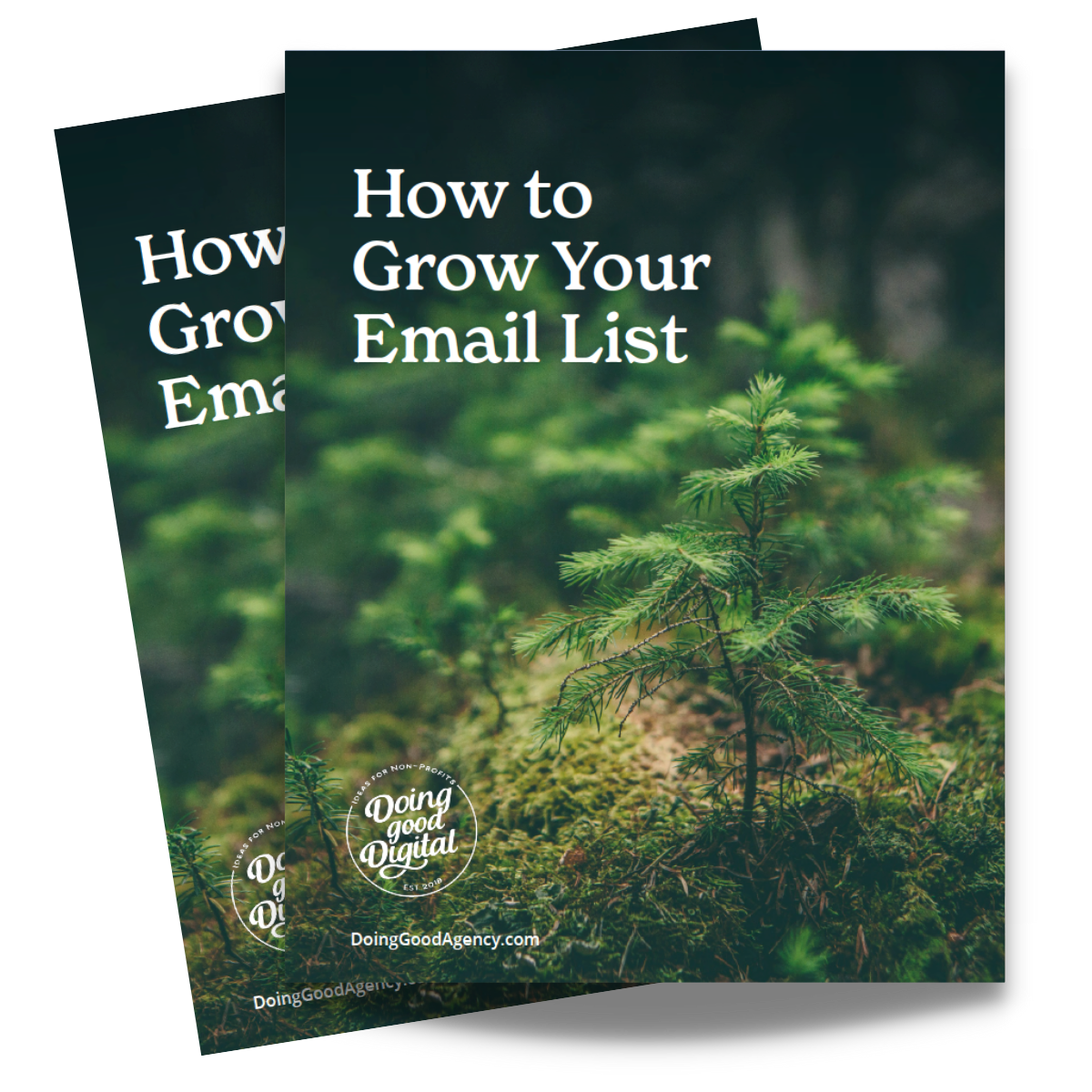10 Things Your Non-Profit Email Newsletter Needs


In addition to your campaign emails and fundraising appeals, your newsletter is a vital source of communication between your non-profit and its supporters.
It helps drive traffic to your website, attracts potential fundraisers, and keeps your supporters engaged with your cause. But if your non-profit newsletter doesn’t grab your reader’s attention and keep them engaged, it becomes another piece of junk mail.
Here are 10 things you can do to create an engaging nonprofit email newsletter and avoid getting put in the trash:
1) Determine the Objectives of Your Newsletter
Just like any GOOD campaign, determining the objectives of the newsletter is a great starting point to prioritize the next steps and refer back to your main goals.
Once you’ve determined your objectives, you should be able to answer the following questions:
- Who is your target market?
- What kind of information are you sharing with your readers?
- What are the goals of the newsletter?
- How often will the newsletter be sent?
2) Have A Great Design
Updating the appearance of your newsletter can make such a big difference in the way readers react to your cause. The design is an extension of your website which reflects your mission and brand. Keep the design simple, fresh, and easy to read on any device. Here are some design elements to consider:
-
Layout – Prioritize your content and create a layout that reflects what’s most important. A single column layout typically works best for mobile. Incorporate negative space into your email design (negative space is the white and blank space between graphics, text, images, and other visual elements on a page) to make it easier on the eyes. Break up your content into subheadings and bullet points for clarity.
-
Branding – Make sure to include your logo and brand colors to give your newsletter an official appearance. In some cases, your newsletter may have its own brand and logo, be sure it makes sense with your organization and still include a company logo.
-
Font – Use recognizable fonts like Arial or Times New Roman, but make sure they’re large enough (16 pixels) for mobile.
3) Produce Killer Creative Content
Review your objectives and align your content with your goals. Matching your content to your marketing calendar can help with content creation ideas and create a tone. There should be a good mix of quality images, gifs, videos, inspiring impact stories, and little moments of success.
Whatever the content, make sure it is timely, interesting, and informative.
4) Keep It short
Although you may want to squeeze everything possible into a newsletter, it is better to prioritize and keep it concise. Ensure the newsletter is scannable with bold headlines and bullet points.
Think of it as a collection of images, blurbs, calls to action, and practical information. When you have multiple stories to share, a best practice is to include a link to “learn more” that takes the reader to the full article or page with more information.
5) Segment Your Email List
A good way to sure your supporters receive valuable, engaging, and relevant content is to segment your email list. Segment your newsletters by donor, volunteer, patient, etc. so you can send content that is more appealing to your reader. You can still have a main story that is the same throughout but depending on their interests, the other stories are custom to the reader.
Here are a few tips on how to “clean-up” your constituent list.
6) Write An Excellent Subject Line
Craft a strong, catchy subject line that stands out other than “June Monthly Newsletter”. The most effective subject lines are short and concise, usually 50 characters or less, and communicate time, urgency, and even a little humor when appropriate. Personalizing subject lines with a recipient’s first name can also improve open rates.
7) Check Your Timing
It doesn’t matter whether your newsletter is bi-monthly, monthly, quarterly, etc. just remain consistent. However, it does matter what time you send your emails. Research shows emails received at 5pm on Fridays or over the weekend receive lower open rates. Review your email statistics to determine what time is best for optimal open rates.
8) Include Social + Shareable Buttons
In the footer, include all of your social media links and easy share buttons so readers can post your content to their newsfeeds. Don’t be afraid to ask readers to forward your newsletter to friends and family members.
9) Measure Success
Set benchmarks for your team to review and refer to your objectives and goals you made earlier. Try A/B testing to see what works and what doesn’t and adapt accordingly. Test, test, and test some more to find the best delivery schedule that works for you and your unique supporters.
10) Follow-up After A Newsletter Sign-up
Now that you have all these great tips, don’t forget to include calls to action on your social media, website, and other email campaigns to sign-up for your newsletter. But most importantly, don’t forget to send a personalized email immediately after sign-up. Supporters are most engaged immediately after they have subscribed, so follow-up by acknowledging and thanking them.
Thinking of starting a welcome series? Here are 5 things to consider…
Finally, don’t underestimate the power of your newsletter. If you send it out consistently, it can be a powerful content marketing tool that keeps your supporters engaged with your mission.
Are you thinking of starting or improving upon your existing newsletter? Tell us how we can help and drop us an email via our contact page.





